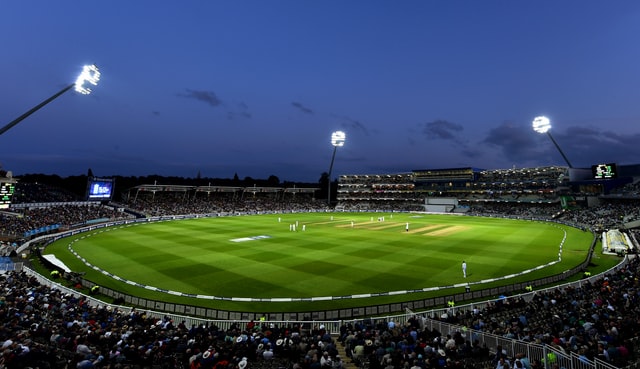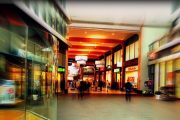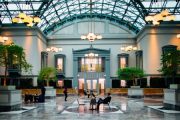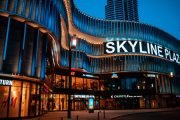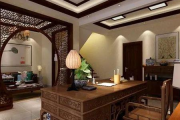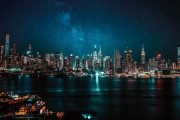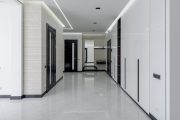Basic Theory of Commercial Lighting Design
Classification and method of commercial lighting
Commercial lighting plays an important role in creating coordinated light for customers, to satisfy people’s comfort, to help customers correctly identify products, so as to arouse shopping interest and promote product sales.
1. Classification of commercial building lighting
Commercial lighting is basically composed of general lighting, accent lighting and decorative lighting. The proportions of the three parts should be appropriate, and they should be coordinated and coordinated to obtain a beautiful lighting effect.
General lighting
The general lighting atmosphere of a commercial space has a considerable influence on the psychology of customers. It should be considered according to the business status of various stores, the content of the goods, the conditions of the area, the composition of the store, and the way of display. The lighting has a proper proportion, which creates a certain style in the store. Consider not only the horizontal illuminance, but also the vertical illuminance.
General lighting is non-directional lighting. When the merchandise layout in the store changes, there is no need to change the position of the lamps; the lighting equipment in the entire store is unified and easy to maintain. General lighting has a uniform illuminance in a business hall with a high density of merchandise installations, and the shop is almost as bright and prone to produce a flat feeling. At this time, we must consider the use of accent lighting to illuminate the main places and main products, breaking the plain feeling of general lighting, in order to increase the shopping desire of customers.
Accent lighting
Accent lighting is to show the key products and display key points, it is the lighting that enhances the customer’s attention and increases the customer’s desire to buy. The illuminance is determined by the type, shape, size, and display method of the product. There must be a good illuminance that balances the general lighting inside.
When choosing the light source and lighting method, the three-dimensional effect, gloss and color of the product should be fully considered. Such as the jewelry area, usually on the basis of general lighting, it must be treated as an accent lighting area. Ceiling colored fluorescent lights or downlights are used as general lighting. A large number of spotlights above the counter, fluorescent lights and spotlights in the counter, bull’s eye lights, etc. illuminate the jewelry brilliantly and dazzlingly.
For example, in the women’s clothing area, the combination of spotlights and general lighting increases the vertical illuminance and highlights the three-dimensional effect of the clothing. In addition, appropriate spotlights are used to illuminate the model gods, and two high-intensity gas discharge lamps with different light colors are used to produce a good light mixing effect.
The illuminance of the key lighting is usually 3 to 5 times higher than the general illuminance, and some even 20 to 30 times, in order to highlight the image of the product. It is necessary to highlight the surface gloss of the product with high-brightness accent lighting and highlight the three-dimensional feeling and texture of the product with strong directionality. You can also use color light to illuminate certain parts of the product to show customers clearly.
Decorative lighting
This is an environmental lighting based on the formation of a beautiful commercial space, with its overall image and unique atmosphere to impress customers. The ornamental lighting installed in conjunction with the building decoration can increase the time of staying of customers and increase shopping opportunities.
As decorative lighting, the illuminance should not be too high, and should be coordinated with general lighting and accent lighting. And it can be coordinated with architectural design and business mode to guide customers to connect routes to various districts for shopping with different illuminance.
Lamps and lanterns can be used as lanterns, column lamps, bracket lamps, wire-mounted lamps, and lantern lamps.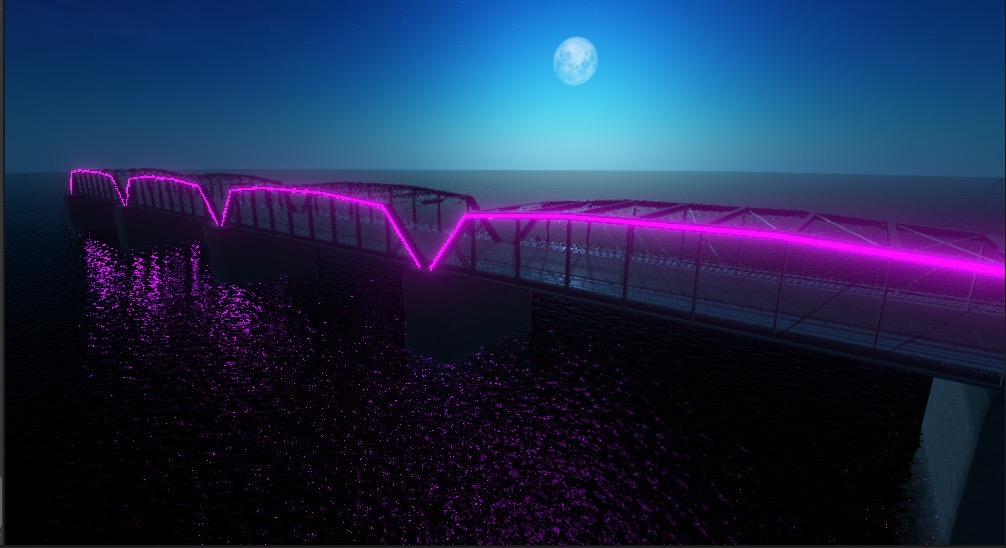
2. Lighting design standards
In view of the different service targets of various stores, different grades of goods, different decoration requirements, and different contrast requirements. Judging from the current domestic commercial illuminance standards, it is only suitable for small and medium-sized towns and commercial enterprises, while the illuminance of large shopping malls should be increased accordingly.
Standard value of illuminance for shop building lighting
| category | Reference plane and its height | Lighting standard value (lx) | |||
| Low | Medium | High | |||
| General store business hall | General area | 0.75m horizontal plane | 75 | 100 | 150 |
| Cabinet | Countertop | 100 | 150 | 200 | |
| Cargo rack | 1.5m vertical plane | 100 | 150 | 200 | |
| Showcases, windows | The plane of the goods | 200 | 300 | 500 | |
| Indoor vegetable market business hall | 0.75m horizontal plane | 50 | 75 | 100 | |
| Optional mall business hall | 0.75m horizontal plane | 150 | 200 | 300 | |
| Fitting room | Fitting position 1.5m high vertical surface | 150 | 200 | 300 | |
| Receipt | Cashier countertop | 150 | 200 | 300 | |
| Warehouse | 0.75m horizontal plane | 30 | 50 | 75 | |
3. Commercial building lighting design skills
Commercial building lighting design is different from other lighting designs. It focuses on commercial interests. Its purpose is to provide people with a high-quality, commodity-like shopping environment. Only by giving people a good impression can the chances of customers shopping be increased. , Which acts on the psychological part of customers. Lighting acts on commodities in order to fully display the characteristics of commodities, mainly to enhance their sense of added value, so as to arouse customers’ desire to buy, which is the part of objects.
- For products with low selectivity, such as necessities in daily life, and products whose materials are relatively easy to judge, customers come to shop on a purposeful basis, and this is usually the final word. The purpose of lighting is limited to a good evaluation of the product. The lighting methods are mostly general lighting, which only requires higher lighting uniformity, reducing glare, and using fluorescent lamps and energy-saving lamps and other lighting with lower operating costs. Such as cheap stores, supermarkets, grocery stores, pharmacies, food stores and other popular stores.
For highly selective products, such as high-use value products, products with difficult material judgments are actually optional products. Such products should be based on general lighting, plus accent lighting and decorative lighting, with spotlights and track lights. The light uses a subtle saving method to create a warm and warm atmosphere. Direct sales promotion is a way of displaying products that can win a good impression. Such as fashion, jewelry. Hand jewelry monopoly, etc.
- The main points of commercial building lighting design
(1) Eye-catching lighting: This is to make it conspicuous from a distance in the commercial street, so that people can clearly see the existence of the store, and make people passing by have a strong impression. This requires brightly illuminating the decorative part of the facade; using color-changing lights; setting up distinctive electrical signs and signs and other lighting methods.
(2) Lighting for passersby: This is to attract the attention of customers passing by in front of the store, and to make special effect lighting for standing in front of the store. Mainly the lighting of the shop window plays this role. Here is to make the merchandise or exhibited intentions most effectively attract attention. This is to rely on high brightness to make the goods eye-catching: make the lighting state fluctuate and use colored lights to make the goods and exhibits conspicuous.
According to experiments, the illuminance of the shop window is above 2000lx, and the proportion of passers-by who are attracted to stop is about 25%. The brighter the window, the easier it is to stop. In the daytime, the brightness of the exhibits must be at least 10% of the brightness of the exterior scene to prevent mirroring of the window.
(3) Lighting that attracts entry: This is the special-effect lighting that attracts customers standing in the store. This can target many people who are not going to shop and arouse their thoughts about shopping. After customers enter the store, they can expect a certain degree of increase in revenue. This is to make use of people’s phototropism, to brighten the deep front of the store as seen from the entrance of the store; consider the deep front wall display as the second window, and focus on illuminating it brightly. The ground of the main passage is made of light and dark patterns to express the sense of rhythm on the horizontal plane. The walls along the main passage should be illuminated particularly brightly, and eye-catching decorative lighting should be set up in key areas.
(4) Storefront lighting environment: The types and configurations of general lighting fixtures should be changed to cause effective differences in illuminance. There should be changes in the lighting of the sales office and aisles; when the sales office is equipped with canopies, pillar decorations and other internal decorations, the lighting should be taken into consideration. Special illuminators, such as foot lights, should be designed to make walking feel safe. Use different illuminators and light to divide the sales area; also look at the lighting environment as a whole to make it satisfy.
(5) Lighting with clear details: The brightness of general lighting and accent lighting should be in a certain proportion to balance them. For key lighting, we must consider which direction to look at the product, and we can’t get it wrong. Spotlights are usually used in the central display part; fluorescent lights are installed in the display racks and windows; and chandelier lights are installed on the upper part of the showcase.
(6) Eye-comfortable lighting: a comfortable visual environment in the store must be maintained so that the eyes of customers and shop assistants are not prone to fatigue. Attention should be paid to reducing glare when designing; the effect of reflected light should be considered, so it should be fully shielded to prevent the occurrence of glare. Decorative illuminators do not double as general lighting and accent lighting; when combined lighting is used, the downward distribution of light should be a little more to illuminate the commodity, and a little light leakage in the upward direction is enough. Improve the brightness of the wall, so that the product has a bright feeling.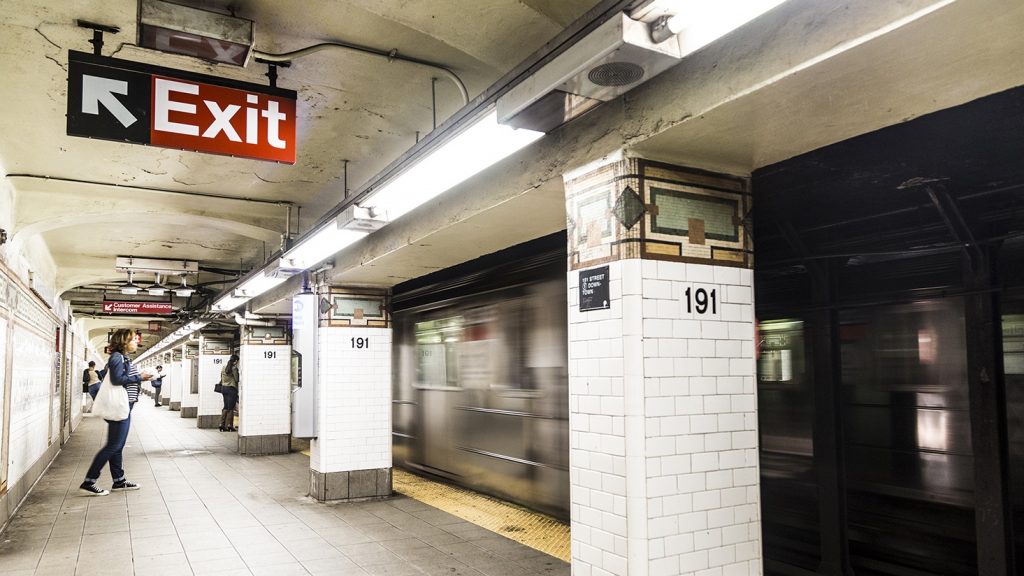
- Illumination distribution of various parts of the store
(1) Store front. Storefront lighting is an important part of attracting customers’ interest and should reflect the style of the store. Good store lighting firstly gives people a feeling of comfort.
The brightness of the shop front is slightly brighter than that of the shop. The brightness of the shop front is 1~2 times the brightness of the shop. It should not be too bright. If it is too bright, it will give people the feeling of darkness in the shop.
(2) Showcase. In the bustling commercial area, there are many shops. In order to have a strong competitiveness among many shops, window lighting will play an important role while relying on the quality of new products, price advertising, and store reputation. Good window lighting can give passers-by a colorful and ever-changing dynamic landscape and attract pedestrians into the store.
The window illuminance is generally 2 to 4 times the average illuminance in the store. Window lighting should prevent the phenomenon of mirroring during the day, and can be illuminated by under-lighting lamps; the exhibition products should be illuminated by flat light, and the key parts should be illuminated by spotlight; the window lighting should choose lamps and light sources that are coordinated with the displayed products, so that the lights are in harmony. Goods are harmonious; suitable lighting is used to match the nature of the goods; foot lighting can show the lightly floating effect of special goods.
(3) Display rack. The illuminance of the display rack is 1.5~2 times the in-store illuminance. Spotlighting can emphasize the characteristics of the product. The internal frontal illuminance is 2~3 times the in-store illuminance. The light cannot directly reach the eyes of customers. Specific products can also be consciously installed with hierarchical lighting. .
(4) Exhibition cabinet. The illuminance of the showcase is 1.2~2 times the illuminance in the store, and the illuminance of the small product showcase is 3~4 times the illuminance of the store.
The corner of the showcase should be illuminated by corner lights, and the lights should not be exposed to customers.
High display cabinets not only need basic lighting. In order to consider the lack of light in the lower part, spotlights or chandeliers can be used for lighting. In order to emphasize the transparency of the goods, bottom lighting can be used.
The lighting in the cabinet should be treated with heat dissipation, and natural ventilation or exhaust fans should be used.
- Limit glare
If there are extremely high objects or strong brightness contrast in the field of view, the phenomenon that can cause discomfort or reduced vision is called glare. The generation of glare is mainly due to the inappropriate brightness distribution and the excessive brightness change. Due to the extreme brightness contrast in space and time, it causes “uncomfortable glare”, or reduces the observation ability (disability glare) or both at the same time. This phenomenon of glare.
Commercial building lighting should limit glare, so that the visual object is not located nor close to any lighting source to form a specular reflection with the eye. Use tools with large light-emitting surface area, low brightness, and good light diffusion. Use light-colored and non-light-decayed surfaces for visual objects, and use special light-distribution lamps in the line of sight.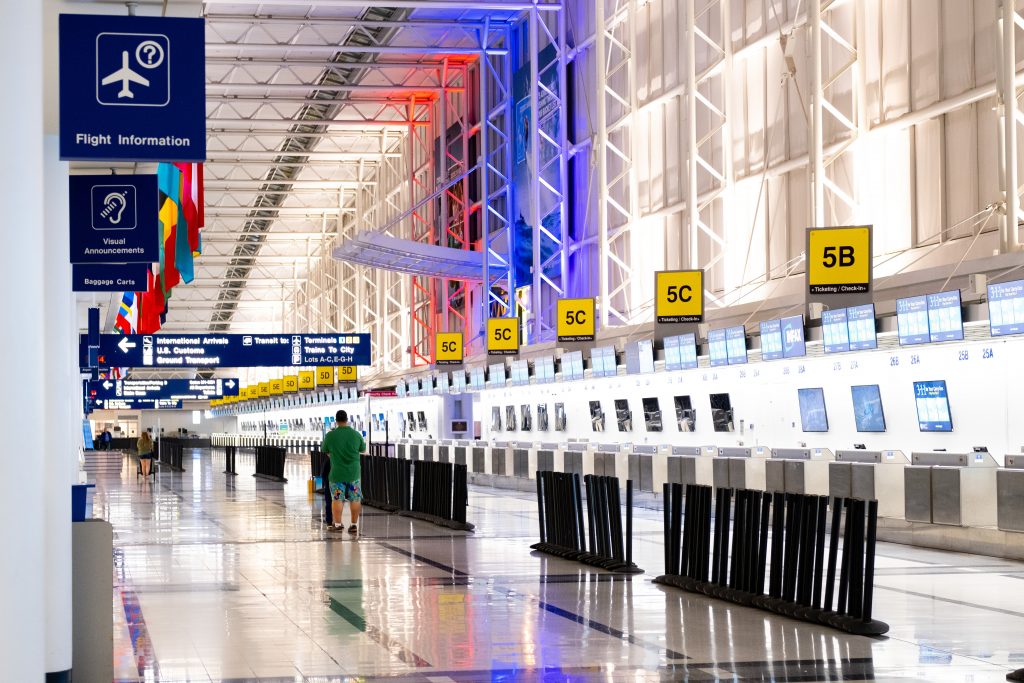
Emergency lighting for commercial buildings
A large number of modern commercial buildings, shopping malls, and supermarkets are rapidly being built in major and medium-sized cities across the country. The flow of people in the shopping malls is increasing. Once a fire or other emergency occurs, the normal power supply often fails or the power supply must be cut off, causing the normal lighting to go out. At this time, the emergency lighting is immediately lit to evacuate people, which will ensure personal safety and effectively prevent the spread of disasters or failures.
Emergency lighting system
The emergency lighting system is an important part of the modern large-scale commercial building safety guarantee system. The composition of the system is based on CIE’s “Guidelines for Emergency Lighting in Buildings”, my country’s “Lighting Design Standards for Civil Buildings” and “Emergency Lighting Design Guidelines”, etc. Regulations are divided into evacuation lighting, safety lighting and standby lighting.
Evacuation lighting
It is designed to enable personnel to easily and accurately find building exits and various alarm, safety, and ambulance facilities. It is composed of various exit signs, pointing signs and general emergency lighting for evacuation. The illuminance is generally not less than 0.5lx, and the distance-to-height ratio is ≤4. Exit sign lights and special lights for direction signs can be used as a supplement to the illuminance value of evacuation lighting, but they should not be used as an argument for its calculation.
Safety lighting
Normal lighting power failure, in order to ensure the safety of personnel in potential danger. The illuminance requirements generally require a place not less than 5% of the general illuminance; 10% in special dangerous places.
Alternate place
Normal lighting power failure, designed to ensure the continuation of normal activities. Illumination requirements generally require a place not less than 10% of general lighting, and important places such as power distribution room, fire control room, fire pump room, etc. should be normal lighting.


